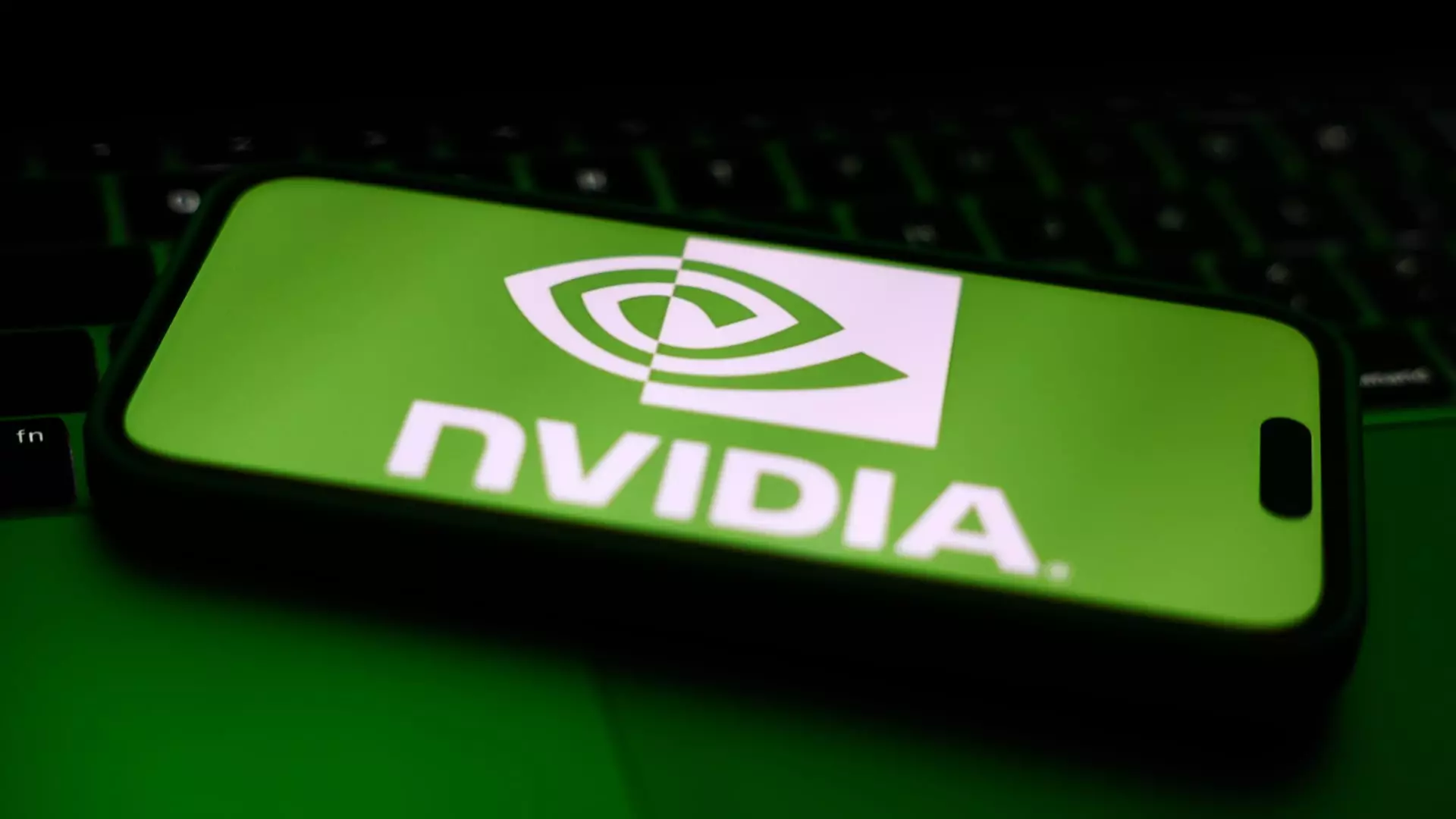Nvidia, once a titan in the world of artificial intelligence and graphics processing, now finds itself navigating tumultuous waters as governmental constraints and market dynamics shift dramatically. With the impending launch of their new AI chipset aimed at the Chinese market, the company is demonstrating its adaptability, albeit under increasingly unfavorable conditions. Anticipated to roll out at a much lower price point than its predecessor, the H20, the upcoming GPU symbolizes both a tactical retreat and a strategic necessity amidst external pressures from U.S. authorities.
The new chipset, which lies within Nvidia’s Blackwell architecture, will be priced between $6,500 and $8,000—substantially undercutting the previous H20’s staggering cost of up to $12,000. This decision to lower the price is not merely a concession to market forces; it reflects a broader concern about Nvidia’s shrinking market share in a lucrative space—one that, until recently, it dominated with a staggering 95% ownership before 2022. Today, Nvidia’s hold within the Chinese market has diminished to just 50%, and the ramifications of this shift are palpable.
Compromised Specifications: A Necessary Evil?
This new GPU, which will likely utilize conventional GDDR7 memory rather than the more advanced high-bandwidth options, is indicative of the compromises Nvidia is now forced to make. The simplicity of its manufacturing process marks a stark contrast to the sophisticated technological advancements its competitors are pursuing. While the new unit’s production will kick off in June, concerns loom large about whether these simplifications are enough to hold off competition from rising players like Huawei, who is positioning itself aggressively with offerings like the Ascend 910B chip. The irony of needing to downgrade technology in order to comply with U.S. regulations doesn’t escape anyone observing this scenario.
Nvidia’s CEO, Jensen Huang, has publicly lamented the inability to further innovate on the H20 architecture due to U.S. export laws, suggesting a bleak future if these restrictions remain intact. This predicament serves as a lesson about the perils of monopolistic practices: when a company becomes overly reliant on maintaining its lead through complex technology while sidelining innovative competition, it risks rapid decline when faced with external limitations. The broader implications for the tech industry are staggering, and the current struggle paints a grim picture of a future where innovation may be stifled by bureaucratic chess games.
The Broader Market Implications
As Nvidia grapples with these challenges, the consequences extend well beyond its own balance sheets to impact the entire tech ecosystem in China and beyond. The U.S. government’s stranglehold on technology exports is not merely a safeguard; it inadvertently catalyzes China’s efforts to bolster its independent technological capabilities. The Chinese response to these restrictions indicates a drive to leapfrog competitors through aggressive investment and development of indigenous technologies.
Moreover, analysts have pointed out that Nvidia’s decision to pivot toward less advanced technology could contribute to a dropout effect in high-end AI capabilities, wherein customers increasingly seek alternatives that yield better performance. This trend might only embolden competitors who are ready to fill the gap left by Nvidia’s retreat into a lower-tech segment of the market. With Huawei ramping up production and enhancing its capabilities, it is likely that the landscape will soon become highly competitive.
Political Ramifications and Economic Frustrations
This dynamic does not exist in a vacuum; the geopolitical climate plays a significant role. As U.S.-China relations remain strained, the ramifications for technological trade are profound. Nvidia’s struggles underscore the broader narrative: economic sanctions can produce unintended consequences that stifle innovation and encourage the very technological advancements government actors are looking to suppress.
The government’s regulatory stranglehold effectively cuts off American firms from vast international markets, which could lead to stagnation in innovation domestically. Observing the market forces at play, one must argue that the current approach may be counterproductive—not only in terms of economic consequences for companies like Nvidia but also in delaying the evolution of advanced AI technologies in a global context.
As Nvidia heads into this precarious new phase, it is evident that the road ahead will be fraught with challenges that could reshape the landscape of AI technology forever. What once seemed a bullish trajectory for the Silicon Valley giant may have transformed into a long-term struggle for survival, a reality that resonates with not just Nvidia but the entire tech industry at large.



Leave a Reply